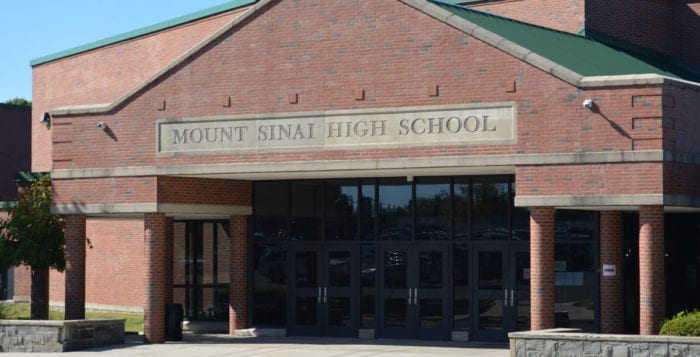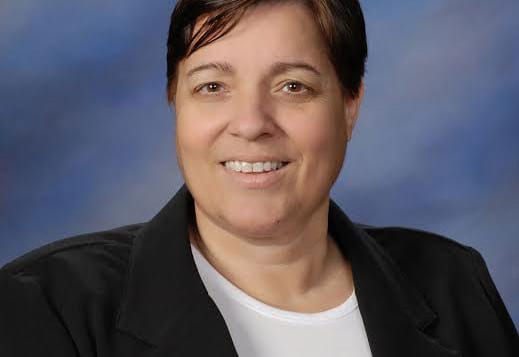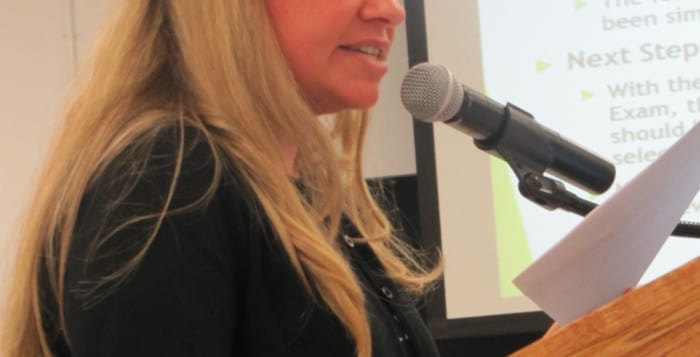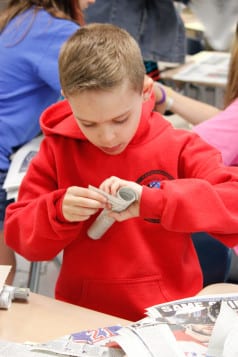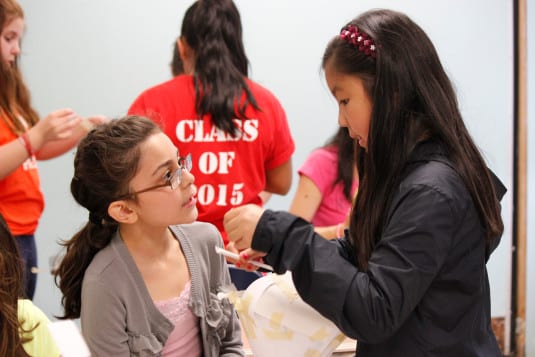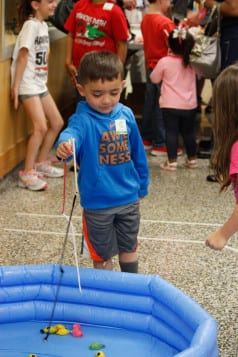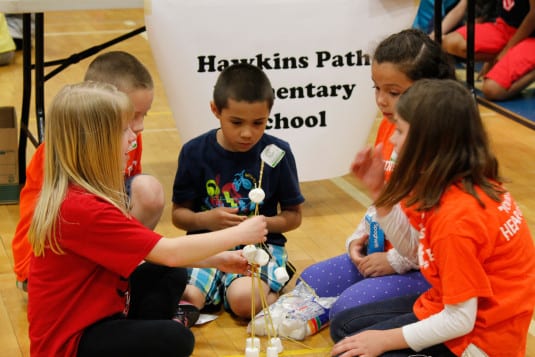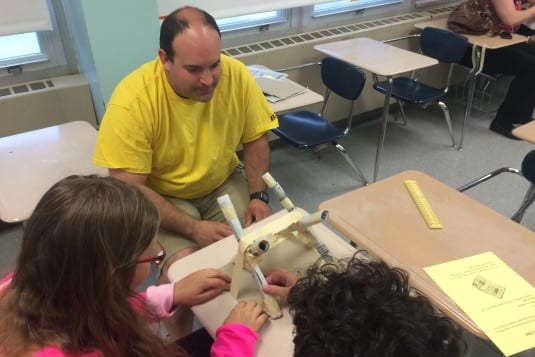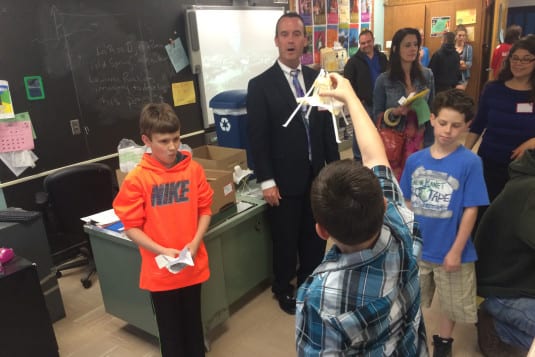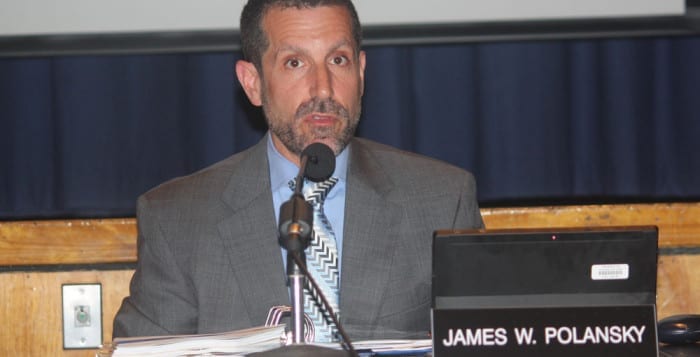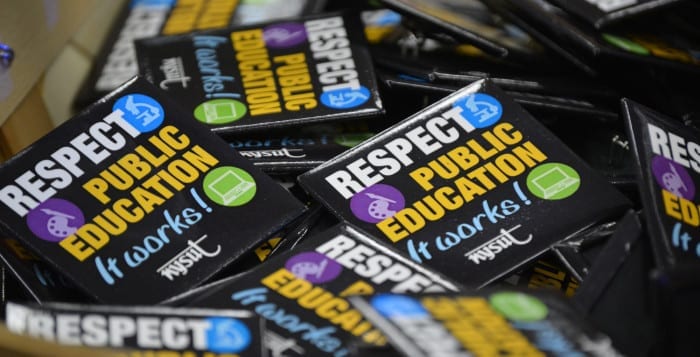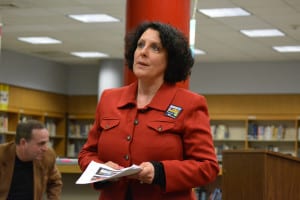By Kevin Redding
In 2013, the Mount Sinai School District and Port Jefferson School District partnered up for a new college-level program that would give their high school students an opportunity to study a wide range of science-oriented subjects and utilize the available resources at Stony Brook University.
The Science, Technology, Engineering and Mathematics program was set up largely due to the efforts of the districts’ superintendents, Gordon Brosdal of Mount Sinai and Kenneth Bossert of Port Jefferson, and New York State Senator Kenneth LaValle (R-Port Jefferson) — who helped fund the program through grants since its inception. Now entering its third year, the STEM program — which consists of about 20 bright students in total from both high schools and lasts a few weeks each semester — includes four workshops, covering a wide range of topics that include botany, physics, computer modeling, electrical engineering and penguin research. Students get early on-campus experience at Stony Brook University, working under professors and advisers, and learning to apply their skill sets through research and hard work to make an impact on the world.
“Beyond just the cool things and getting us passionate about science, it’s taught us [amazing] life skills,” says Ben May, a junior at Mount Sinai who’s been in the program for two and a half years. “When I came to high school, I wanted to [pursue] politics. What these courses have taught me is that not only could I help the world by passing legislation, but that I could pass laws based on my knowledge of science, and the environmental issues I’ve learned, to help the general population.”
Even though the program itself is extremely beneficial, its future is not quite secured.
After New York State passed the Smart Schools Bond Act of 2014, which allocated $2 billion for school districts in the state to help provide students with the most up-to-date educational technology like Apple computers and tablets in the classroom, mostly in anticipation for online testing, LaValle’s grant for STEM per school district took a drop: $25,000 became $12,500. Since the program is not funded by the district’s budget, the two school districts pay for it themselves from the money LaValle supplies them. Without LaValle’s additional funding, the school districts must put it up to a budget vote, leaving the decision of whether to keep the program going or not to people who may not fully appreciate what the program does.
According to Brosdal, the trimmed funding might get them through the year, but it’s still worrisome. There’s also added uncertainty when it comes to the continued partnership between Mount Sinai and Port Jefferson — their transportation splits are making the program very costly. Bossert is leaving Port Jefferson to become superintendent at Elwood school district, and there’s no guarantee that his replacement will share his views on the importance of the STEM program.
“We rely on [Port Jefferson] and we’ve enjoyed this relationship with them, but the new superintendent might have different priorities,” Brosdal said. “You never know, and we don’t know if LaValle is going to continue the funding. That was a warning sign last year when our funds were cut in half.”
Brodsal said he hopes the funding does not end, because if it was unsuccessful from the start, he believes Stony Brook would have cancelled it instead.
“They wouldn’t let us back on the campus if they didn’t see that the money went to good use, but they do, and it’s a good experience, so I’m hoping it continues,” he said. “I would love to continue the STEM program, but if that’s not possible, I’d like to give money to form a science research club first, before we make a science research class. … to see if we have student interest. That’s my plan at present.”
Brosdale will meet with LaValle at the end of the week for an update on the funding situation, as well as find out who will be the new superintendent at Port Jefferson.

